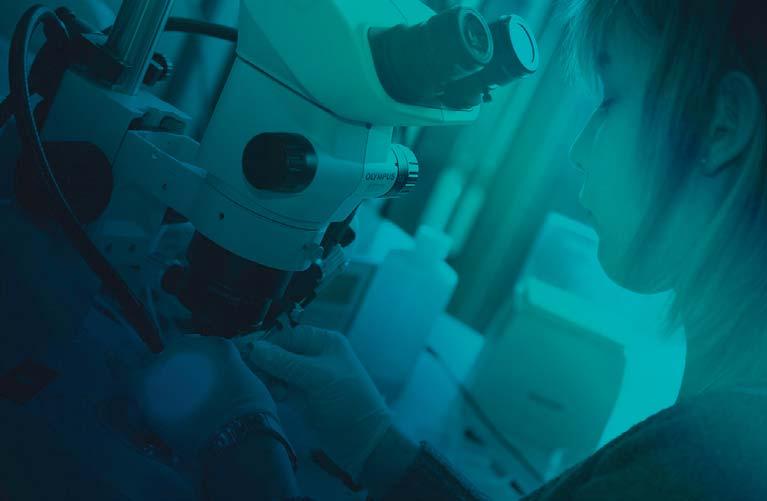Alternative methods to deal with new toxins Interview with Prof. Jean-Marie COLET, Head of the UMONS Human Biology and Toxicology department follow-up of the depollution process and its potential toxic effects via invertebrate animal models (snail and earthworm) whose expressed markers are also expressed in rodents and humans, for subsequent transposition of the results being analysed.
© UMONS
Could you tell us about the activities of your department with respect to predictive toxicology? A member of the UMONS Faculty of Medicine and Pharmacy, our department was created to formulate methods aimed at accelerating the development of medications via the development of the metabolomics approach and alternative models to the use of vertebrates (cell cultures and invertebrate models). Since then, it has expanded its activities to IT models for QSAR (quantitative structure activity relationship) type studies, which focus on the chemical structure of molecules to predict possible toxic effects, in vitro models (cell cultures and organoids) and in vivo models (rats, mice) with the application of predictive methods to reduce the number of animals used, mortality and pain induced in conventional toxicological studies. We are also working alongside hospitals: thanks to the metabolomics method, we offer them the transposition of preclinical observations to the clinical observation phase.
Finally, our laboratory has more recently become interested in the study of the biological roles of intermediate metabolites and in particular, through succination and succinylation reactions, the way in which small organic molecules such as succinate and fumarate control key cellular processes in the toxic modes of action of chemical substances.
What services do you offer to third parties? We are contacted for prospective toxicology studies concerning molecules at an early stage in their development: their potential risk is assessed in mice, rats and cell cultures. In addition, our metabolomics approach is applied to find new fields of application for molecules that are already marketed. We are particularly called upon to investigate cell signalling pathways and the role played by endogenous metabolites in this communication. Our department also offers industries its theoretical expertise in the field of environmental toxicology: the calculation of reference toxicology values thus makes it possible to determine the maximum dose to which residents of the area surrounding an industry can be exposed 24 hours a day for 30 years without any risk of developing the critical effect associated with the substance forming the object of the study.
© UMONS
Could you give us a few examples of research projects in progress? We are working closely alongside a KU Leuven consortium focusing on the study of melanoma treatments: our metabolomics approach is applied in order to understand the functioning of these treatments on cells so as to improve them; similarly, we are also studying the mechanisms of resistance to chemotherapy. Our department also takes part in the “Memoris” project funded by the Walloon Region with the support of industrial and academic partners. The aim is to develop new sustainable in situ depollution methods that do not require excavation. We perform
166
What do you think the main challenges are that researchers must tackle in the field of toxicology? We need to meet the 3Rs requirement: refining of protocols, reduction in the number of animals used and replacement of studies carried out on vertebrate mammals. This adapting of our animal houses for ethical reasons calls for high subsidies but also the development of alternative methods that guarantee the quality of life and safety of those humans exposed to the molecules. Another challenge concerns the cocktail effect of the various molecules, which oscillates between synergy, accumulation and mutual nullification, which greatly complicates assessment of the risk, as shown with the “Memoris” project and the people who are treated every day using a number of different medications. Lastly, we are confronted with new toxic effects such as endocrine disruptors, which are amplified still further by the arrival of new molecules. We will need to develop new models so that we have a better understanding of these risks and are able to act quickly if required.

















































































































